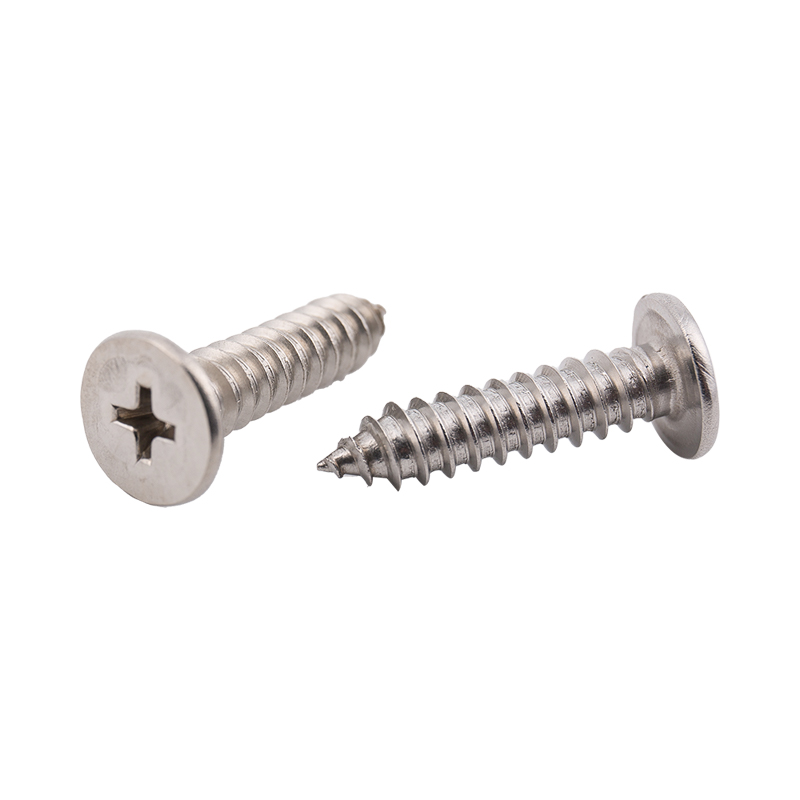-
Koolstofstaal/roestvrij staal StudHet gebruik van koolstofstaal / roestvrij staal en andere materialen gemaakt van rollen, het kan een vaste verbindingsfunctie spelen, dubbele kopbout...
-
L-vormige noppenHet gebruik van rollende tanden van roestvrij staal, gemaakt van gewoonlijk begraven in de betonnen fundering, voor de vaste steunkolommen van vers...
-
Roestvrijstalen U-vormige noppenHet gebruik van rollende tanden van roestvrij staal gemaakt van buiging, omdat de vorm van de U-vormige en genoemde, de twee uiteinden van de draad...
-
U-vormige bouten van koolstofstaalHet gebruik van gerolde tanden van koolstofstaal, gemaakt van U-bouten, kan bestaan uit twee of meer objecten die met elkaar zijn verbonden om ee...
-
DrukklinkmoerkolommenHet gebruik van koolstofstaalmateriaal gemaakt van een koude pier, is een kop die cilindrisch is, het hoofdlichaam is ook cilindrisch, blinde gaten...
-
Doorlopende klinkmoerkolom met drukgatHet gebruik van koolstofstaalmateriaal gemaakt van koude pier, is een kop die cilindrisch is, het hoofdlichaam is ook cilindrisch, doorlopende gate...
What fastening techniques are most effective for stainless steel screws?
Industrie nieuws-Effective fastening techniques for stainless steel screws involve a combination of proper installation methods, tools, and considerations for the material being fastened. Here are some of the most effective techniques:
Pre-drilling:
For hard materials, pre-drilling pilot holes can prevent splitting and ensure proper alignment. The pilot hole should be slightly smaller than the screw's diameter to allow for a tight fit.
Using the Right Tool:
Utilizing a high-quality screwdriver or drill with the appropriate bit is crucial. For stainless steel screws, using a drill with a slower speed can reduce the risk of overheating, which can lead to galling (friction-induced damage).
Torque Control:
Applying the correct amount of torque is essential. Over-tightening can strip the threads or damage the material, while under-tightening can lead to loosening. Using a torque wrench can help achieve the right tension.
Thread Lubrication:
Applying a lubricant (such as anti-seize compound) to the threads can reduce friction and prevent galling, especially in stainless steel applications where metal-to-metal contact occurs.
Proper Thread Engagement:
Ensuring full thread engagement with the mating material enhances load distribution and holding power. This often involves using screws with a length suitable for the thickness of the materials being joined.

Using Washers:
In applications where load distribution is important, using washers can help spread the load and prevent damage to the surface being fastened. This is particularly useful in softer materials.
Vibration Resistance:
For applications exposed to vibrations, consider using locking mechanisms (like lock washers or nylon insert lock nuts) or thread-locking adhesives to prevent loosening.
Environmental Considerations:
In corrosive environments, using marine-grade stainless steel screws (like 316 grade) can enhance durability. Also, ensuring that dissimilar metals are isolated (using non-metallic washers) can prevent galvanic corrosion.
Correct Installation Technique:
When installing, start the screw slowly to ensure it engages properly. Once the screw is started, increase speed but remain cautious not to overtighten.
Regular Maintenance:
For applications subject to wear and tear, periodically checking and retightening screws can help maintain their integrity and performance.




